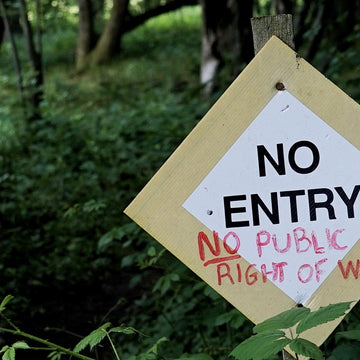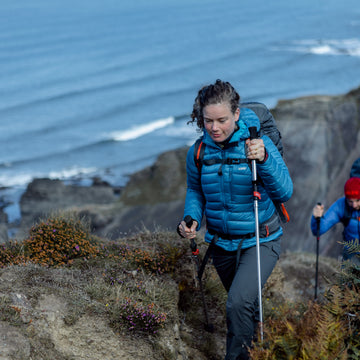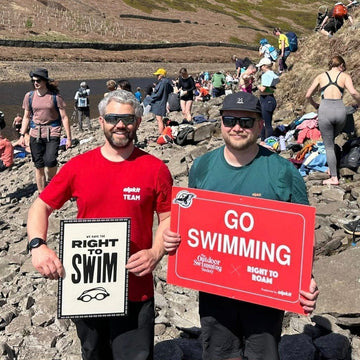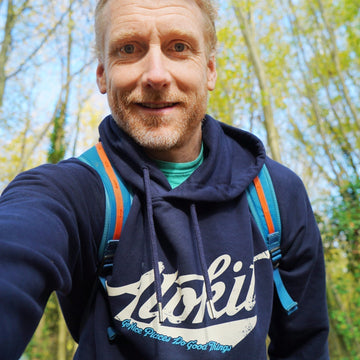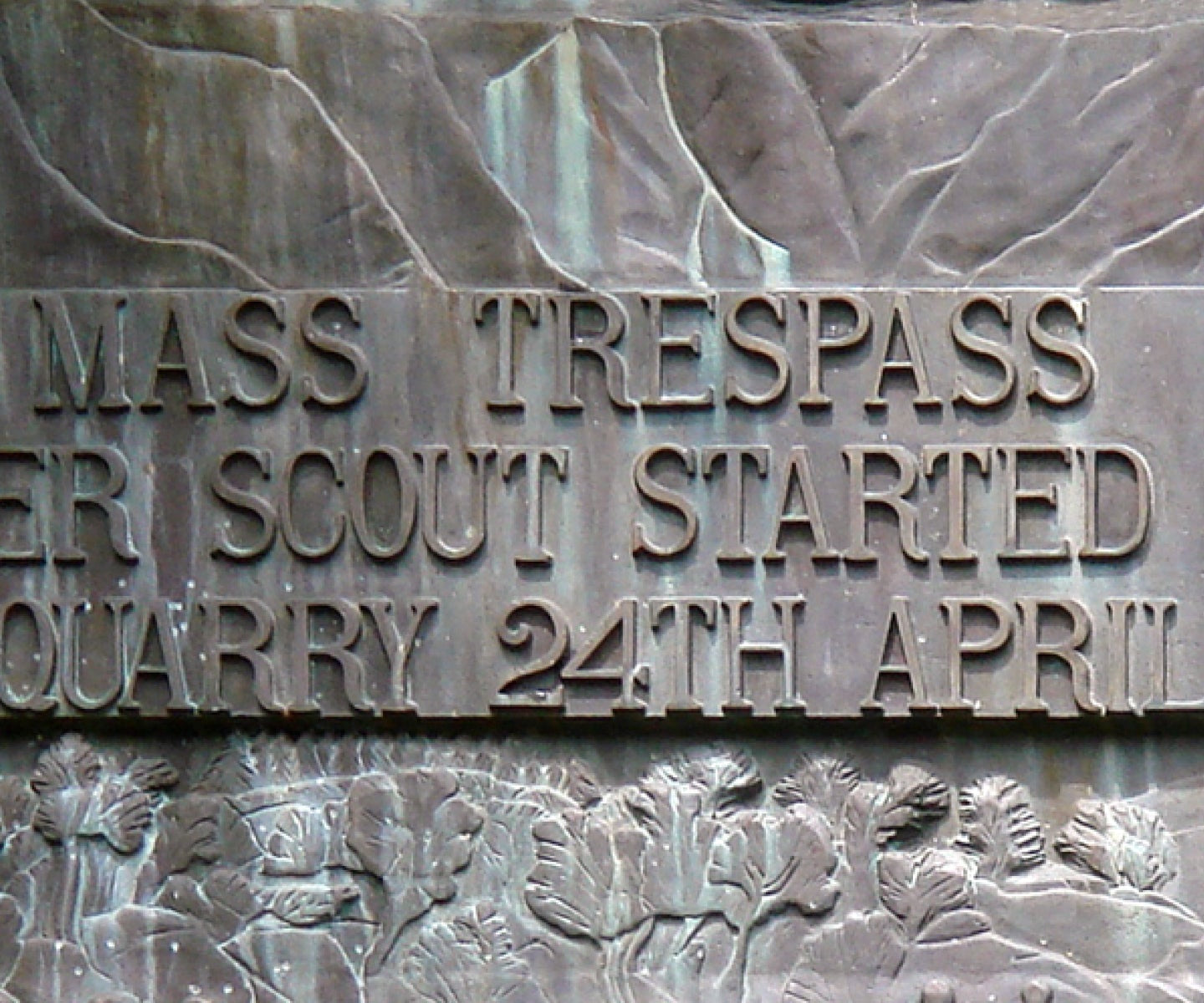
Discover the history of the Hayfield Mass Trespass and why this pivotal 1932 moment shaped UK outdoor access rights for everyone hiking today.
Why does it all still matter? On Saturday, 26th April 2025, the Hayfield Kinder Trespass Group will be hosting a weekend festival to mark the 93rd anniversary of 1932 the Hayfield Kinder Scout Mass Trespass. The weekend focuses not just on the historic event itself but also on current issues regarding our access to open spaces, rural and urban; land and water.
On Saturday 26th, from 1.30pm, there will be speakers and discussion panels involving national campaigners such as Guy Shrubsole (Right to Roam) and Kate Ashbrook (Open Spaces Society), stalls, exhibitions, and music. On Sunday 27th, Right to Roam will be holding a rally in Hayfield followed by a walk to William Clough and the Kinder Reservoir, where many will probably take the chance for a swim.
Download the Kinder Trespass programme to make the most of the day.

Kinder Mass Trespass Walking Group 1932 Image courtesy of Hayfield Kinder Trespass Group
But people might be forgiven for thinking that now, 93 years after the Mass Trespass, that the issue of access is irrelevant and that the struggle has been largely won. This is understandable in many ways, especially for those fortunate enough to live in or near National Parks or National Trust estates. Understandable but very wrong – as shown by the journalist who covered an 1897 campaign to stop landowners closing the Snake Path out of Hayfield, when he rather optimistically reported that he hoped access to Kinder Scout (which had once been open to all) ‘might fairly soon be restored… with a little friendly negotiation’! It has taken a lot longer than he ever anticipated, and the gains we have made since are perilously fragile, constantly under threat and nowhere near as extensive as might be thought.
It is certainly true that campaigners have made progress since 1897 and 1932, when access to the private estates of Kinder was only possible by writing to landowners requesting permission and ‘ in 1932: out of the 84,000 acres of the High Peak of the Pennines, just 764 were publicly accessible and there were just twelve short and congested footpaths over the entire 215 square miles of the Peak District.’ (Harker B ‘The Manchester Rambler’).
Actions such as the 1932 Mass Trespass in Hayfield and the legislation passed by Labour governments, setting up National Parks in 1949 and the Countryside Rights of Way (CRoW) Act of 2000, represent significant strides forward. None of this progress would have been made without constant campaigning, both in the form of direct action such as the Mass Trespass and also through the day-in, day-out dedication and commitment of people like G.H.B. Ward in Sheffield and Tom Stephenson in Lancashire, who founded the Ramblers' Association in January 1935 and later created the Pennine Way.
But for all the progress that has been made, access statistics reveal the real truth about actual land and water access in England: – here is an email from Natural England in 2012, answering how much access we had then, over a decade after the CroW Act(2000):
‘Thank you for your enquiry. The Countryside and Rights of Way Act 2000 gave the public access to 865,000 hectares of land in England which is 7% of the total.’
In the years since 2012, the figure has slightly increased to around 8% of land and as little as 4% of waterways – the best it has ever been.

In more recent times swimmers have joined the campaign.
While statistics can support many different narratives, those figures from Natural England tell a clear story of the public still being excluded from huge swathes of land that could be responsibly accessed.
Guy Shrubsole provides an even more disturbing context for these figures in his book ‘Who Owns England?’
'Over half of England is owned by less than 1% of its population, with around 30% still in the hands of the aristocracy and 17% with ‘undeclared’ ownership ‘(from ‘Who Owns England…’ Guy Shrubsole).
The third piece of the jigsaw is provided by two land use surveys which come to very similar conclusions about how much of our land is actually built up, how much is under agriculture and how much is ‘natural’: The first is the ten yearly Corine Land Survey:
The second is conducted into urbanisation every 10 years by the Ordnance Survey. In 2020 it concluded:
19 January 2020 ‘Britain is more built-on than ever, with 44.8 million buildings in total at the end of the decade, up from 40.6 million in 2010. But this total accounts for just 1.4% of British land, compared with 40% covered by woodland, the natural environment, rivers and lakes, and a further 45% by agricultural land.’ (this data comes from the largest land survey of its type by the Ordnance Survey (OS), which does not cover Northern Ireland.)
Taken together, all this shows that we are excluded from vast swathes of non agricultural open land, with most it owned by less than 1% of the population. Most campaigners do, of course, recognise that there are areas where environmental concerns mean access will be restricted for some of the year or even completely – and no one advocates trampling on crops or across people’s back gardens but that still means we are kept out of huge areas of open spaces to which we should have responsible access (and in many cases, once did).
In recent years there has a widespreadan upsurge of awareness of restriction and related campaigning to secure existing access and extend it. New groups have come into existence alongside the more established organisations, which have traditionally focused on physical activity on rural land – climbing, rambling, cycling. New groups such as Right to Roam (named after a slogan first used by the 1932 Trespassers) have a wider brief than just activity based access and have also shifted activity away from the northern moors to areas in counties where there has been very little campaigning in the past. Outdoor ‘wild’ swimmers are also gaining wide support and a higher profile, and a recently formed umbrella network called ‘Outdoors for All’ now has over 50 organisations signed up to lobby for new legislation, together representing hundreds of thousands of members.
With a new Government in power, it is essential that all these voices are heard. All significant strides forward have been made in the first term of Labour Governments, for example the National Parks and Access to the Countryside Act 1949, and the CRoW Act 2000.
By coming along to events such as the Saturday 26th and Sunday 27th April in Hayfield, you won’t just have a great time but will also, just by being there and supporting the event, but helping our voices to be heard at this crucial time to secure and extend fair, just and responsible access for ourselves and all the generations to come.

